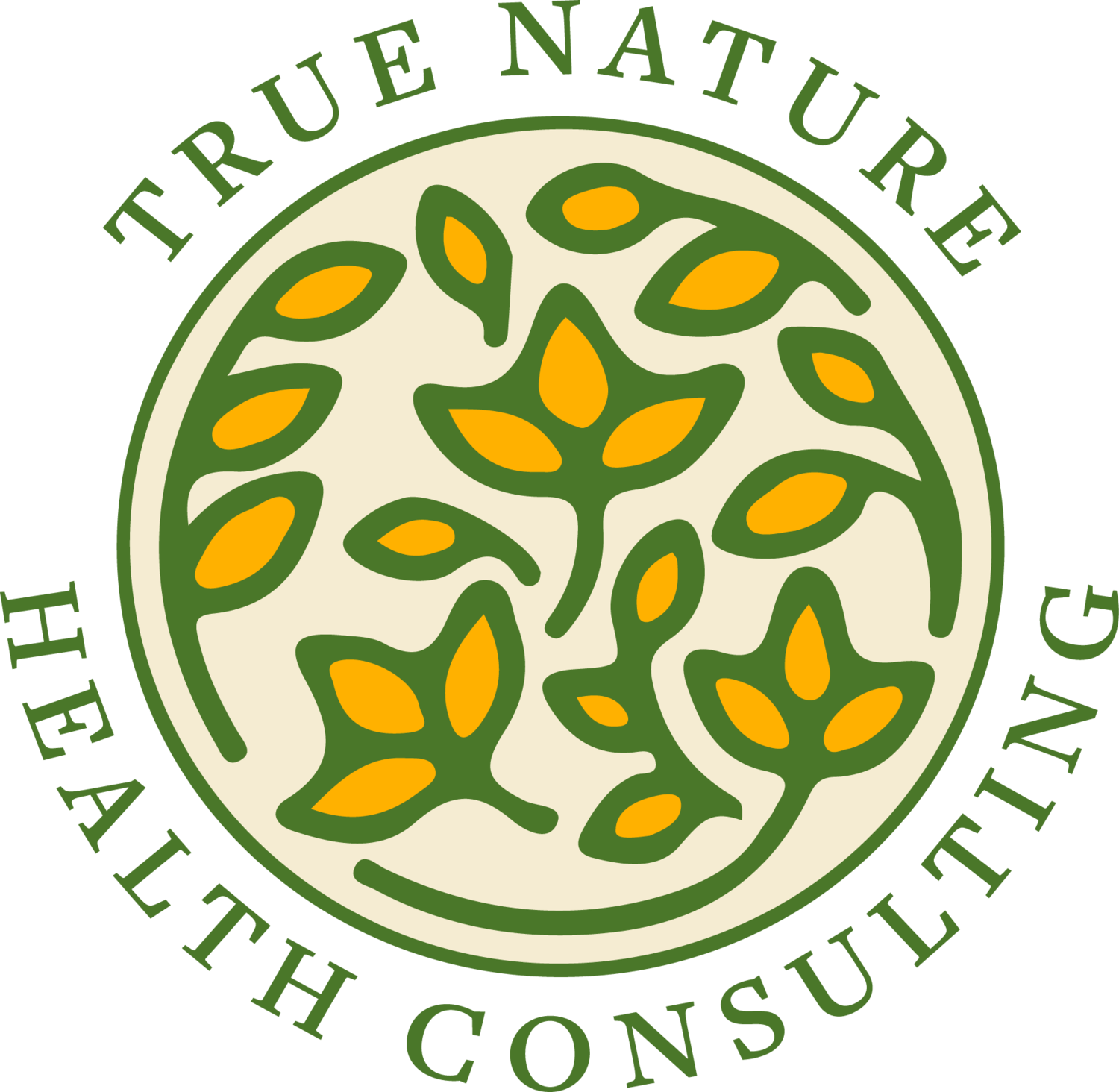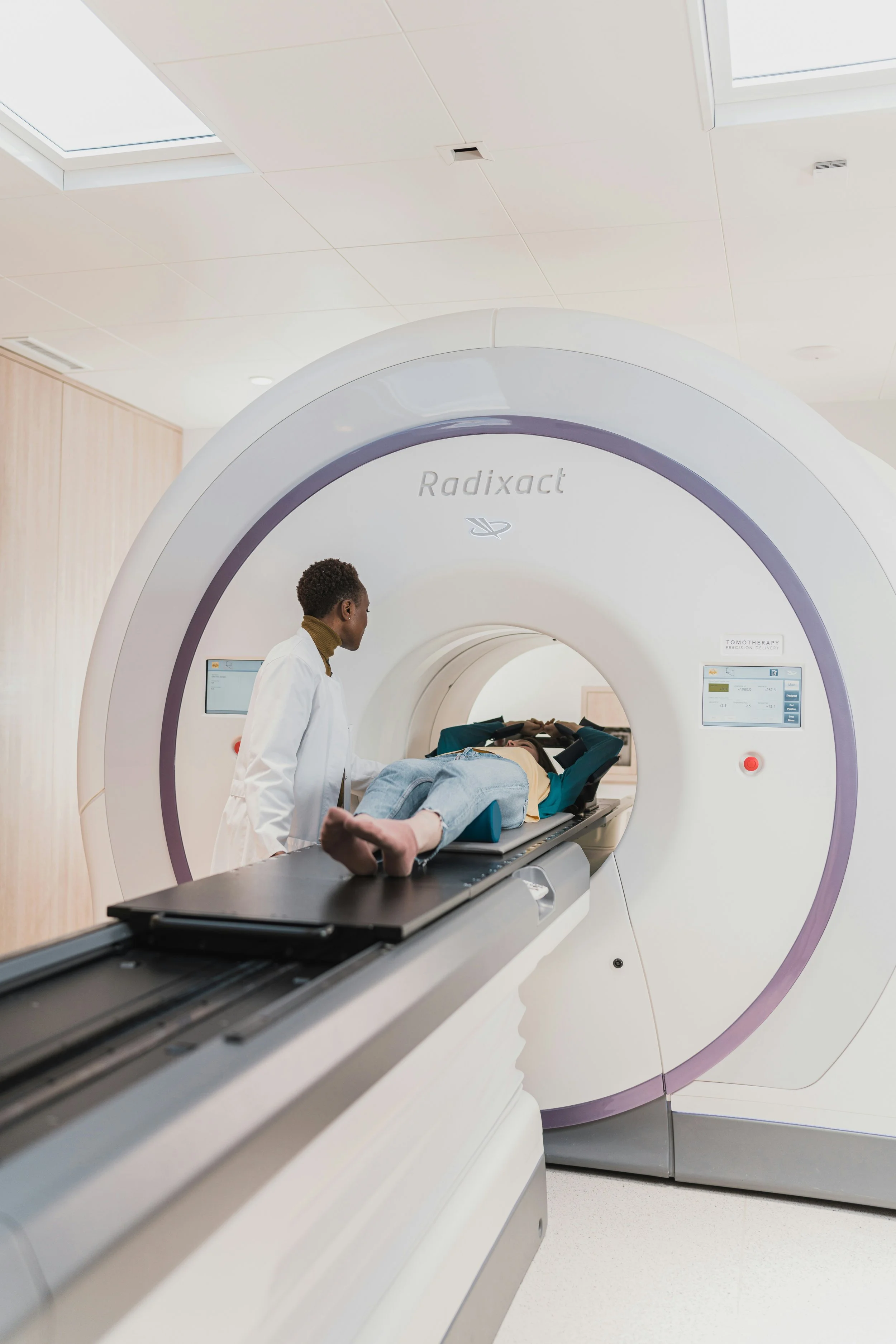Exploding Cancer Rates and Toxicity: Holistic Health Matters
Hello, I am Julie Donaldson and I am a clinical nutritionist with functional health training. I specialize in restoring balance in complex, chronic and acute health conditions. I welcome you to peruse other articles that may be of interest to you in your health investigation!
“I was tested by my doctor after suffering with Sjogren’s Syndrome and persistent fatigue. I had negative high risk results in a majority of biomarkers for a dangerous form of cancer. I didn’t eat well, I didn’t detox and my personal stress levels were off the charts. Julie carefully investigated all of the factors, then determined protocols and practices that could help me establish a brand new level of health. Today, I am healthy, calm, out of a bad marriage and have none of the earlier disease expressions. I continue to monitor and stay committed to my program.”
Cancer rates are increasing, once again. After a slight spell of decline that may have been supported by early detection processes and better treatment courses, we are up against rising rates with over 2,000,000 new diagnoses expected to occur in 2024. This is up from 1.6 million in 2020, an increase of 20% over the last 3 years. While researchers are pursuing all potential related causes of this trend, there is firm and supported evidence for poor health & nutrition practices, toxicity, excess weight, smoking and pathogens such as HPV and H pylori as major causes. The same research also shows that prevention is key in a large percentage of cancers. Let’s look at the trends and talk about plotted holistic health practices that can help reduce these known risks.
MRI scan
Inflammation and disease
Long before (sometimes up to 10 years) a person reaches the point of medical investigation due to being symptomatic, cellular changes are occurring in the body that are creating the opportunity for cancer to proliferate. This process is initiated by inflammation. It is important to state that not all inflammatory conditions will end up becoming cancer, but many can and will.
Inflammation is a normal and natural process in the body. It is required in order to attack invaders and effectively utilize the body’s immune resources to fight them. The problem lies in a failure to return to a balanced immune status following inflammatory responses. The immune system functions in a Bell Curve, rising and inflaming with an insult and dropping as the insult is resolved. Body inflammation is essentially "injury" - injury to any tissue from any outside source, inclusive of impacts and pathogens. When that injury is unresolved, it creates chronic inflammation. Chronic Inflammation incites vascular and microcirculatory changes with leukocyte recruitment and accumulation.
Inflammation in the body
Chronic inflammatory processes often end up involving the brain, nervous system and vagus nerve. All of these impacts lead back to further body inflammation. Chronic inflammation can lead to disease, including cancer.
Multiple immune modulatory processes, protein mediators and antioxidant defense systems are negatively affected in chronic inflammation. Tissue damage and loss of tissue function occur. Damaged cells and tissues are vulnerable to DNA mutations, many of which encourage cancer. DNA is the material in your cells making up the building blocks for your genes. Genes provide the following instructions for each cell in the body:
How fast to grow
How often to divide to make new cells
How long to live
As many of us know/have heard, healthy epigenetic influences can make a world of difference in helping the body to modulate inflammation and to switch off mutated gene signaling. Epigenetics are defined as “a stable change of cell function that happen without changes to the DNA sequence.” These are healthy influences such as proper personalized nutrition, detoxification, de-stressing, reducing toxic environmental exposure, etc.
Consideration of known contributors to rising cancer rates
Let’s talk for a bit about what is discussed in the research literature in connection with rising cancer rates. It is estimated that at least 42% of those 2 million new cancer diagnoses are preventable. Poor nutrition, alcohol use and toxicity, lack of exercise, excess weight, smoking and the pathogens HPV (human papilloma virus, in both genital and oral cancers) and H pylori are well documented negative epigenetic influences driving cancer rates up.
Also, when we look at age groups, there is mounting evidence that the layering of these influences over time is key to cancer rates. 88% of cancers are in those 50 years and older; 57% are in those 65 and older. While one would think those numbers would be flipped, something quite interesting is happening…a shift is occurring, estimated to begin in the 4th decade of life, and that is called immunosenescence. This is a gradual stress upon and decline in the responses of the human immune system, particularly the adaptive immune system, leading to less effective management of immune stresses. The fact that nearly 30% more cancers are occurring during this time period vs. later in life is key to our curiosity, investigations and vigilance surrounding the best preventions and protections at the most vulnerable stages.
In a study focused on patients with chronic kidney disease, high level immunosenescence is found and correlated with higher uremic toxin excretion than in control subjects. This suggests that immunosenence is also connected with higher toxicity and excretion of water and protein-bound toxins.
Let’s also look at the current rates of cancer occurrence and their locations in the body.. Following are the top ten:
Genital system (with #1 being prostate cancer)
Digestive (includes liver, pancreas, gallbladder/biliary tract)
Breast
Respiratory system
Urinary
Skin
Lymphoma
Leukemia
Oral cavity (HPV virus-driven with male rates leading & death rates up 2% annually)
Endocrine
Liver and lung cancers have the highest death rates at 72 and 79% respectively.
Two major challenges to catching cancer before it is more advanced are (1) its typical long-term, slow-growing nature and (2) often being asymptomatic until later stages. Biomarkers for cancer are also often not refined enough to catch a developing disease.
When we rationalize what kind of “wiggle room” we have in our health practices, it’s very important to consider that some choices to look the other way can be life-altering and very difficult to turn around. Cancer is most certainly one that should help us choose and commit to those practices carefully.
While adult cancers are increasing dramatically, childhood cancers decreased by 2/3 between 1970 and 2021 (with the exception of brain cancer). This is presumed to be largely due to improved treatments and clinical trials. Research on childhood cancers mostly supports occurrence due to rare gene mutations. Adolescent cancers, on the other hand, are rising by 1% annually.
Toxicity and disease
Environmental and nutritional toxicity are constant topics of discussion here at True Nature. Clearly, the research is already supporting numerous connections between toxicity and cancer, with much more compilation that needs to be done. In the following articles, you will find further information on toxicity and more singular studies validating these concerns:
https://www.truenaturehealthconsulting.com/blog/toxins-are-everywhere-making-us-obese-diabetic-and-low-energy (Note this article also includes information on obesity, one of the above-referenced preventable conditions in cancer formation.)
The pileup of endocrine-disrupting chemicals in our environment inclusive of plastics, petrochemicals and PFAS are contributing to the majority of the genital system cancers which make up the #1 category in rate of occurrence.
How to tackle this beast to the best of your ability - summations and solutions
No one can (or should) offer 100% assurance of preventing cancer. Our bodies and environments are extremely complex. However, the research clearly guides us in the direction of preventing a substantial number of diagnoses with healthy practices. Let’s highlight these here:
Visit your doctor and discuss appropriate biomarker testing, especially relative to personal and/or familial genetic profiles; if you are ever diagnosed with cancer, talk with your doctor about partnering your medical care with supportive holistic health care. Research shows that this combination is more effective for achieving recovery.
Practice both ecological and personalized nutrition, focusing on whole foods in all categories that are sustainable, organic as often as possible and created to support one’s individual MT®
Identify and remove as many environmental toxins as possible, many of which are listed and explained in the articles in the “Toxicity and disease” section above - these include aluminum (a light metal), heavy metals such as mercury, lead and arsenic, plastics and micro plastics, petrochemicals, pesticides, PFAS and phlalates
Complete individualized testing for biochemical stresses at least twice annually
Utilizing trained professional support, incorporate personalized therapeutic protocols for identified stresses and monitor regularly
Particularly during the decade of your 40s, attend to immune system modulation and pay special attention to negative signals
Assess and address all mental and emotional stresses with effective personal practices
Practice the self awareness and regard of staying close to your body’s signals and feelings
This article is provided for information purposes only and is not intended to diagnose or treat.
Please contact me at Julie@truenaturehealthconsulting.com for more information and personalized support. We provide holistic telehealth services.






